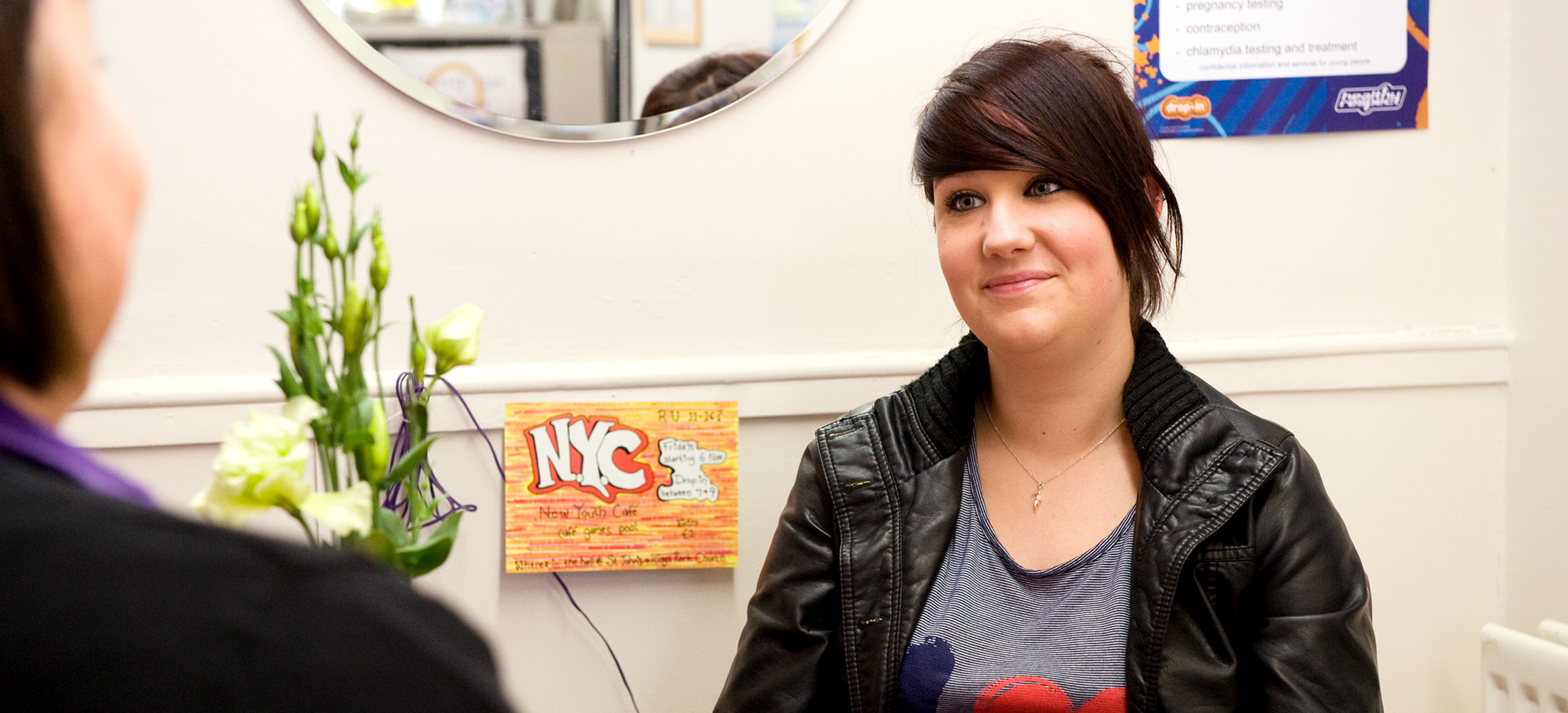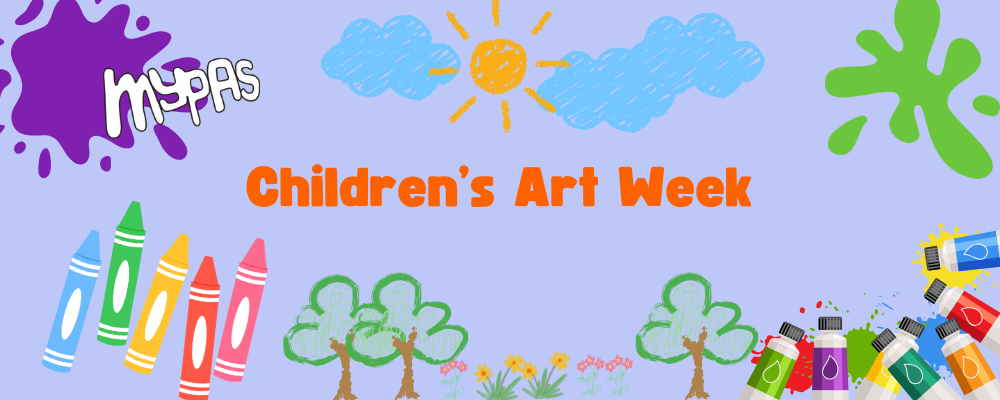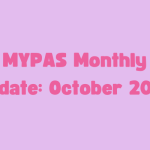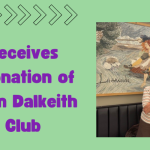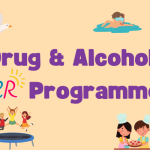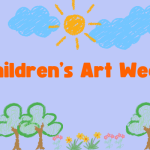For Children’s Art Week, MYPAS’ Art Therapists took social media to advise on how art can help with mental health. Here’s a round up:
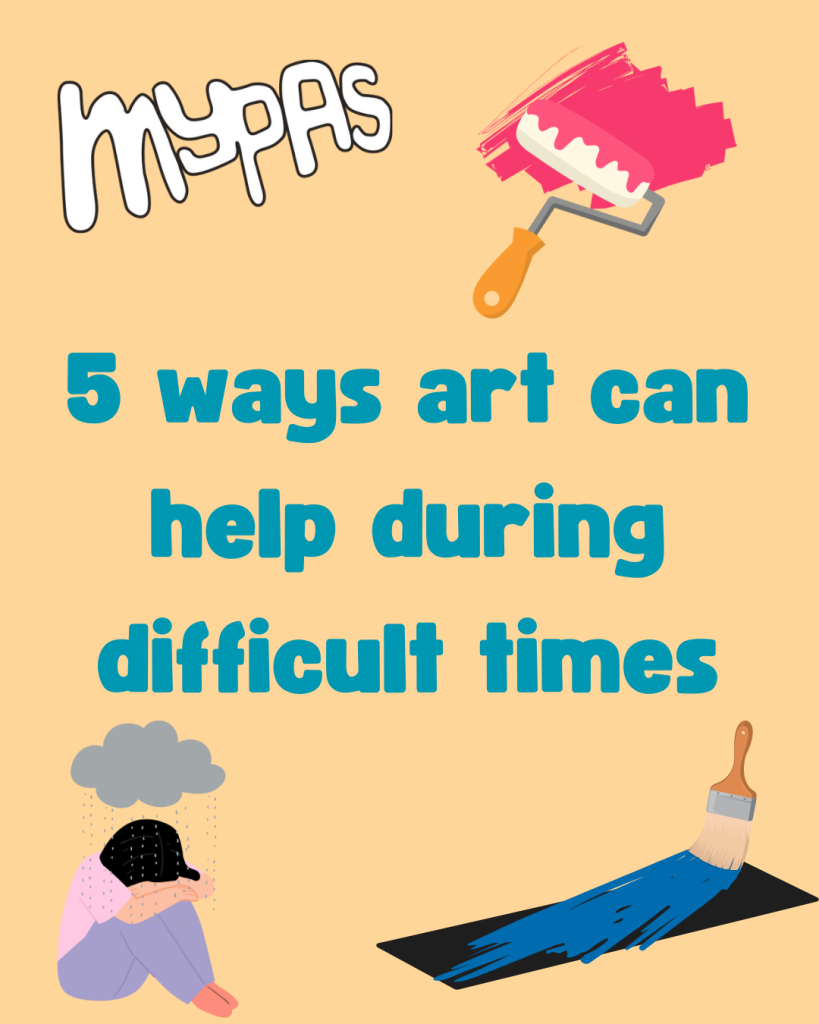
- It provides a way to express yourself and your identity
- It can provide a way to externalise feelings
- It can help to build confidence and self esteem
- It can help to make meaning out of your experience
- It can help to contain messy feelings
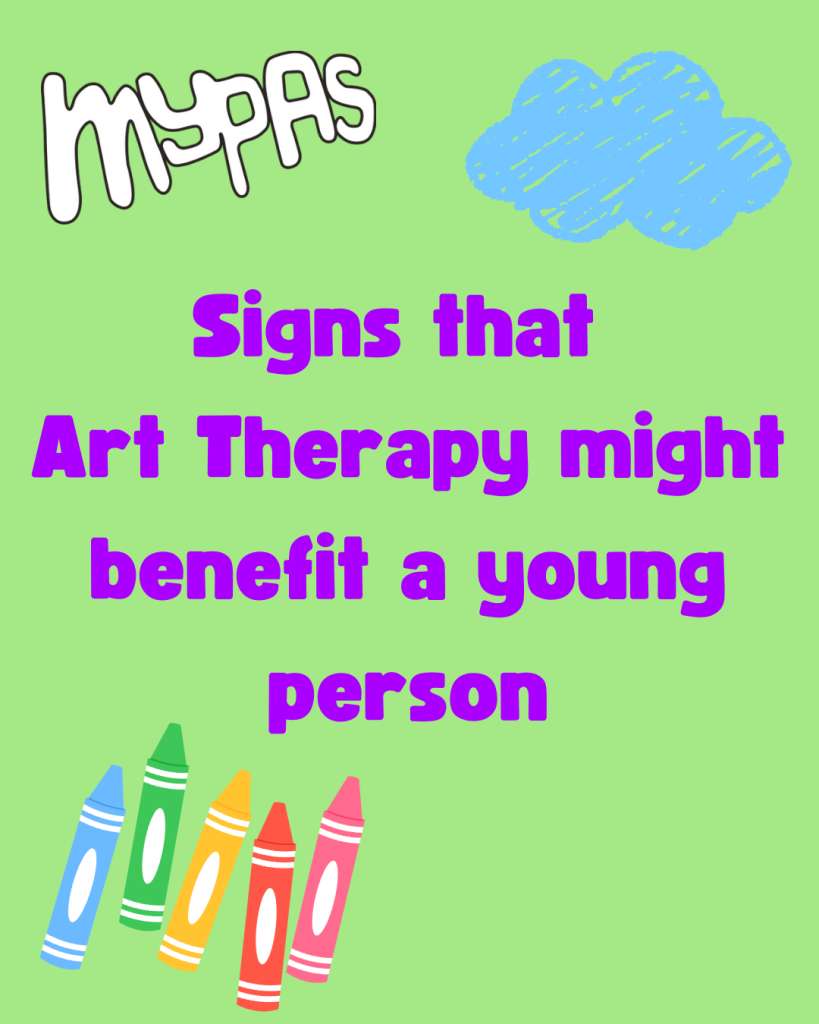
- It provides a way to express yourself and your identity
- It can provide a way to externalise feelings
- It can help to build confidence and self esteem
- It can help to make meaning out of your experience
- It can help to contain messy feelings
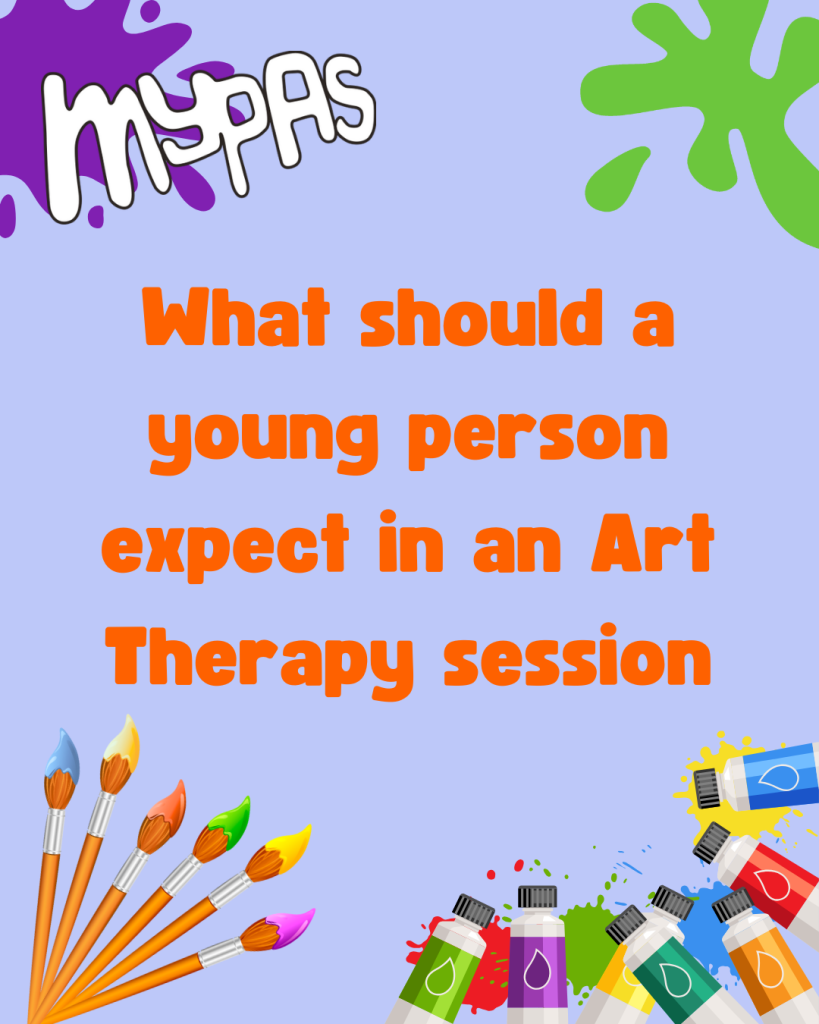
- The sessions happen at the same time and place each week
- A variety of art materials will be available for the young person to explore
- They choose what to create and their therapist can offer ideas if they’re stuck
- They can talk while making art, or work quietly
- The therapist may sit quietly, support them, or create alongside them
- They’ll have time to reflect on their art together and explore its meaning
- Their therapist keeps their artworks safe during therapy
- At the end, they can take home their creations or leave behind what they don’t want
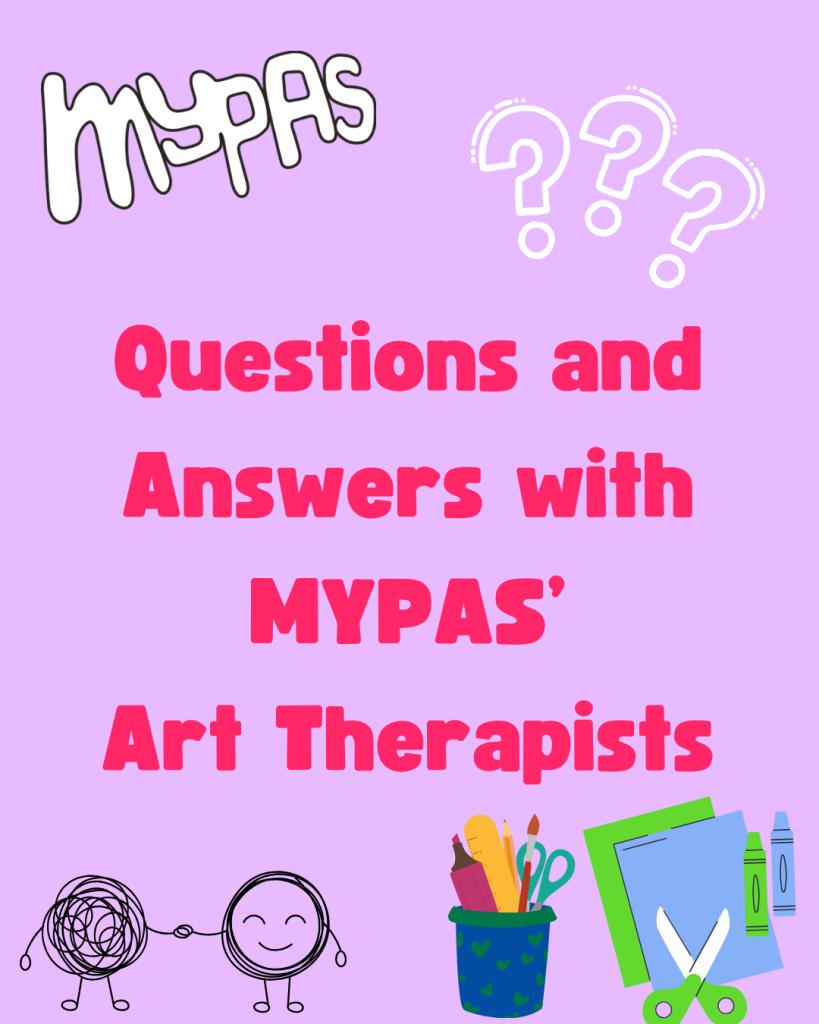
Question 1 – Is Art Therapy only for young people who like art?
Absolutely not, in fact, the young person doesn’t have to have any prior experience of using art materials. They just have to be open to using art materials to express themselves.
Question 2 – What’s the difference between art therapy and just doing crafts?
Art therapy isn’t a recreational activity or an art lesson, though the art making process can be enjoyable or relaxing.
In art therapy the artworks made are part of the therapeutic process, and are made in the context of a supportive relationship with the therapist who can help the young person to make sense of the thoughts, feelings and experiences that come up whilst art-making or when they look at what they have created.
Question 3 – How can parents support their child’s creativity at home?
Art-making doesn’t have to be messy (though this can be fun!), simple materials like paper and coloured pens are great. What matters most is encouraging the child to have a go and showing interest in what they create!
Visiting a local art gallery can also be a fun way to get inspired! Many are free and offer family-friendly activities, like those at the Modern Art Gallery in Edinburgh.
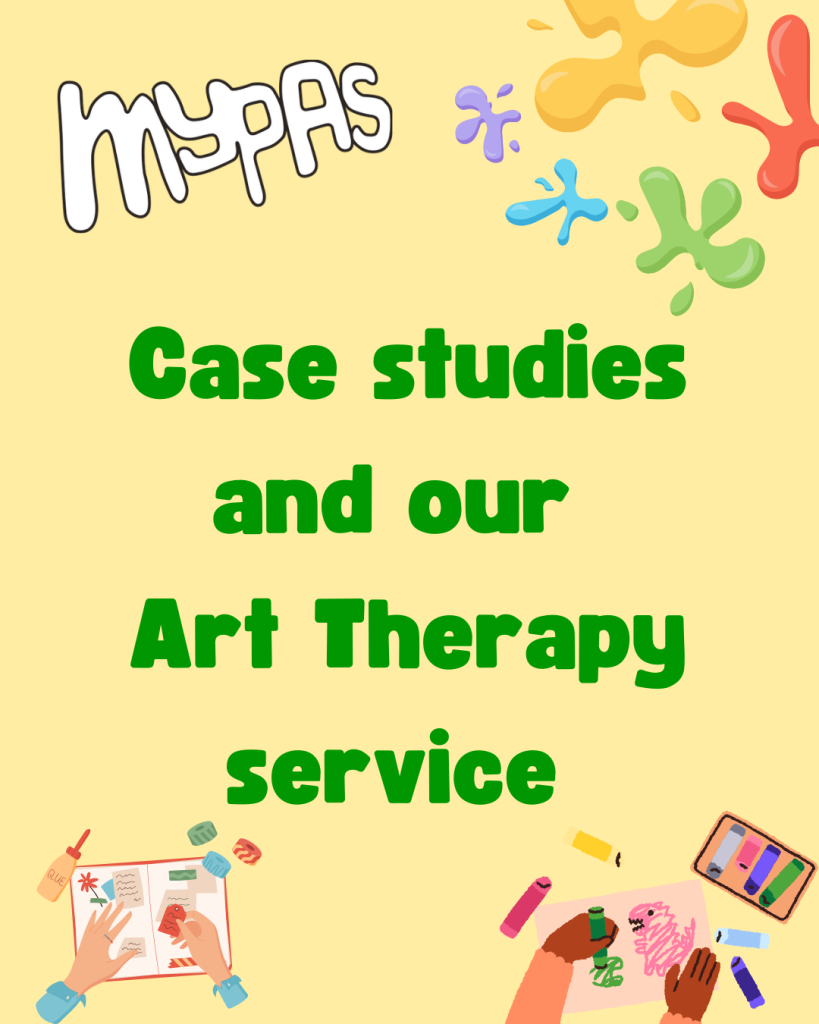
Matt, 15 years old
Matt was referred to art therapy after experiencing anxiety and low mood, leading to him disengaging from school and his peer group. He has also experienced loss of a grandparent. At the beginning Matt began by using clay to explore angry feelings he had, often punching in to the clay or sculpting it and destroying it again. Through this process he was able to talk about his loss and his feelings of anger, he then began to make figures that sat within their own bit of ground. He noticed they were on their own, this allowed him to acknowledge his sadness and how isolated he felt, as the work progressed he was able to acknowledge his loss of connection with others and social pressures and a worry of having connections. With time, Matt was able to build up his timetable at school and was connecting again with a friend.
‘I had felt really low and art therapy offered me a way out the dark’
Susie, 13 years old
Susie had suffered significant trauma in her early years and came to art therapy after struggling with regulating her emotions and selfcare. She used the materials to make sense of her experiences often using paint and clay messily, she then began to make potions and added clay and paper and putting them in containers. The sessions were playful and the containment of the mess in the therapy sessions was Important. This allowed her to process some messy feelings that were hard to talk about. As the sessions progressed, Susie became more contained within herself, the self-care improved as did her confidence and her sense of self.
‘Art therapy has had a massive impact, she is much more settled and confident and she has much more in control of her emotions’
